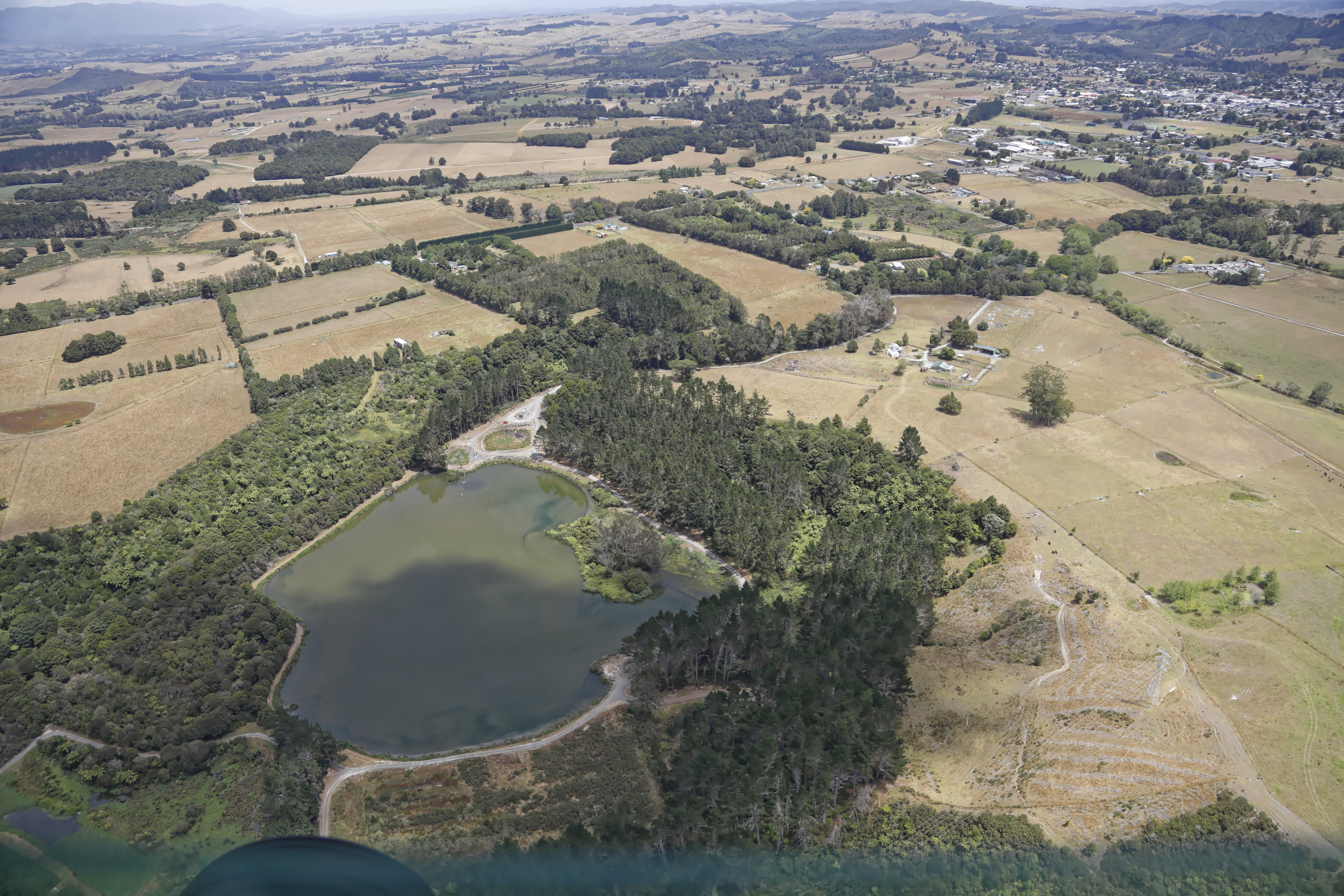Kaikohe Plant upgrade
Project details
The Council proposes to upgrade Kaikohe's wastewater treatment plant to improve the quality of the treated wastewater that is discharged to the Wairoro stream.
The Regional Plan for Northland provides guidance and rules about the quality of the wastewater that can be discharged. When the current resource consent is renewed the discharge to water will need to meet strict quality standards.
Council’s engineers and planners explored options to upgrade the existing plant so that it can treat Kaikohe’s wastewater to a higher standard. Budget for the preferred upgrade option has been included in the Long Term Plan 2021-31.
The preferred upgrade option uses the existing anaerobic and oxidation ponds. The treatment process at the plant will be upgraded to include new inlet screening and grit removal, IDAL, filtration, UV disinfection, and a sludge dewatering system.
An IDAL is a pond based activated sludge process where wastewater is decanted in batches, instead of continuously. The IDAL system will be constructed in the oxidation pond.

Inlet screening: The inlet screen screens inorganic solids from the wastewater. The solids are collected and disposed of in landfill.
Oxidation: Natural processes treat the wastewater through the interaction of sunlight, bacteria, and algae. In this process the level of many contaminants in wastewater are reduced.
Maturation: Further treatment that occurs in treatment ponds. This is mainly due to sunlight, cold and predation by other organisms.
Wetlands: Constructed (e.g., not naturally occurring) wetlands are designed to provide additional treatment of the wastewater using natural processes involving wetland vegetation and soils to improve water quality. Wetlands can also reduce nitrogen levels in pond discharges.
Sludge: a by-product of treated wastewater. Over time sludge accumulates in the ponds and it needs to be removed to ensure that the plant is operating efficiently.
Anaerobic treatment: The anaerobic process excludes oxygen and encourages the growth of bacteria to start breaking down the wastewater. Anaerobic bacteria break down the organic matter in the waste, releasing methane and carbon dioxide. Sludge is deposited on the bottom and a crust forms on the surface.
Septage(Show info) : Septage is wastewater from septic tanks. Houses without a connection to a treatment plant will have a septic tank that requires emptying from time to time.
Baffles/ Baffle curtains: Baffles in pond systems create a longer path for the wastewater to travel from the pond inlet to the outlet. This ensures that wastewater spends sufficient time being treated in the pond.
Aerators: Used in wastewater oxidation ponds to circulate water, reduce the build-up of silt, and increase oxygen to avoid or reduce water quality issues. Circulation and aeration in the top third of oxidation ponds is critical to its successful management and operation. Surface aeration minimises any possible imbalance in bacteria production. They therefore have a positive environmental effect by preventing dead spots, and in turn preventing odours, midges and eliminating public nuisance.
UV disinfection: For wastewater, UV disinfection technology is designed to reduce pathogens in the effluent stream significantly. This ensures a very high-quality treated effluent for discharge to the environment.
Project documents
Location
Cumber road, Kaikohe 0474 View Map


